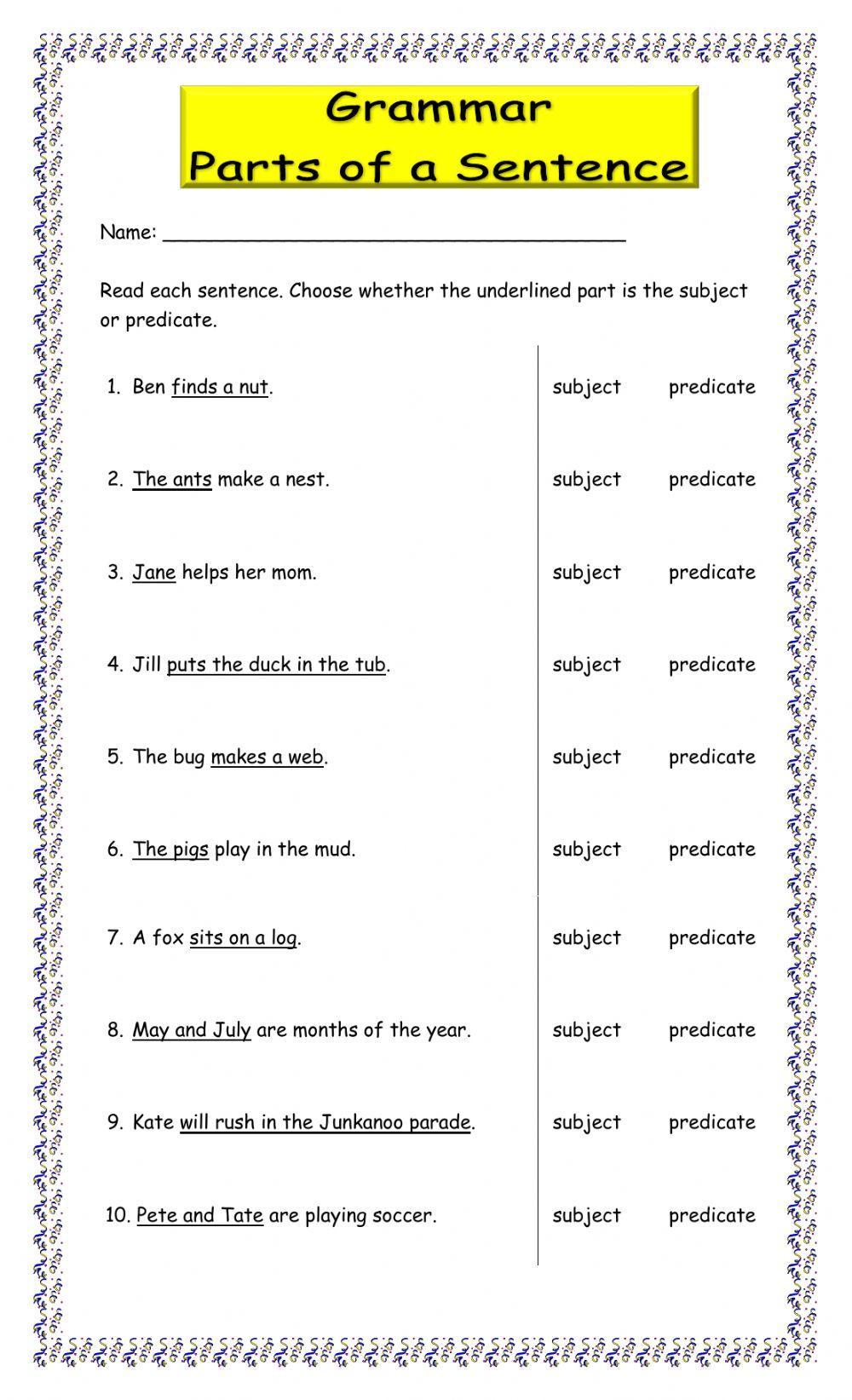SEMANTIC COMPETENCE:
Introduction:
Human understanding of natural language is a peculiar thing in so many instances of everyday Me are read and understood. Upon understanding a phrase information is received knowledge is gained and decisions are made. To give an example, imagine that we are at a social ng but we have run out of social interaction. Knowing that I still have more fruits in my car. oᷤer to fetch this, and I reply
"yes , but the car is locked. My brother has the keys"
This plain English statement encodes three important elements. First, the request is granted Second an obstacle is identified and third, a plan is proposed collect the keys from my brother unlock the car, and then bring the fruits Now the question is whether or not you understood the statement.
WHAT IS SEMANTICS:
Semantics means the meaning and interpretation of words, signs, and sentence structure I refer to the branch of study within linguistics that deals with language and how we understand meaning The language can be a natural language, such as English or Navajo, or an artificial language, like a computer programming language. Meaning in natural languages is mainly studied by linguists Theoretical computer scientists and logicians think about artificial languages. This has been a particularly interesting field for philosophers as they debate the essence of meaning, now we told meaning how we share meaning with others, and how meaning changes over time Philosophers and linguists alike have long debated the intricacies of language how we construct meaning, and how stationary those meanings really are You've probably heard the line, That which we call a rose by any other name would smell as sweet. Shakespeare asserts here then that a name doesn't matter-t what that thing or concept really is Even if we ceased to call a rose a rose, we could still smell its fragrance, feel its velvety petals, and be pricked by its thorns.
Examples of Semantics:
One of the central sues with semantics the distinction between iteral meaning and figurative meaning with iteral meaning, we take concepts at face value For example, if we said. Fail began with the turning of the leaves, we would mean that the season began to change when the leaves turned colors Figurative meaning utilizes similes and metaphors to represent meaning and convey greater emotion. For example, I'm as hungry as a bear would be a simile and a comparison to show great need for sustenance.
What's in a name? That which we call a rose By any other name would smell as sweet,
The quote, That which we call a rose by any other name would smell as sweet, is actually an example of figurative meaning when we look at the context, the surrounding text that clarifies meaning Romeo and Juliet's families, the Montagues and the Capulets, were in a notoriously hideous feud, hence the couple's characterization as star-crossed lovers Juliet uses this metaphor to make the argument to Romeo that his name (his family) does not matter to her, she wants Romeo for himself
WHAT IS SEMANTIC COMPETENCE:
What is semantic competence? To see the answer to this question, let us consider what syntactic competence consists of. It consists of the ability to judge which strings of words form grammatical sentences Similarly, semantic competence consists of the ability to determine the meaning of a particular string of words This ability also consists of the ability to determine the relationships between the meanings of distinct syntactic structure. These relationships include entailment, equivalence, and contradiction
a. Jim saw Bill/bill saw Jim .
b. Gina saw the girl with a telescope.
The words Jim, saw, Bill can be combined in at least two ways as in (18). These two orders have distinct meanings. So in addition to knowing the meaning of the words, we must also be aware of the role played by order.
Syntax trees as a means of studying Semantics:
Semantics also uses our theoretical knowledge of how language works on a broader level to explain how meaning works. We can present how words are arranged in utterances through drawing syntax trees Below there is an example of an ambiguous sentence and two trees showing how meaning affects grammar
Ambiguous sentence: Nicole saw people with binoculars
1: In the first structure, the people have the binoculars
S
NP VP
N V NP
Nicole saw N PP
people with binoculars
2: In the second structure , Nicole uses the binoculars to see people .
S
NP VP
VP
NP
N V N PP
Nicole saw people with binoculars
CONCLUSION:
To sum up, semantic competence consists of:
1: Knowledge of the meaning of individual lexical items 2:Knowledge of how the syntactic structure guides the construction of sentence meaning from the meanings of individual lexical items.
Semantics probably won't help you find out the meaning of a word you don't understand, though it does have a lot to say about the patterns of meaningfulness that you find in words. It certainly can't help you understand the meaning of one of Shakespeare's sonnets, since poetic meaning is so different from literal meaning. But as we learn more about semantics, we are finding out a lot about how the world's languages match forms to meanings. And in doing that, we are learning a lot about ourselves and how we think, as well as acquiring knowledge that is useful in many different fields and applications.
Semantics looks at these relationships in language and looks at how these meanings are created, which is an important part of understanding how language works as a whole. Understanding how meaning occurs in language can inform other sub-disciplines, such as Language Acquisition, to help us to understand how speakers acquire a sense of meaning, and Sociolinguistics, as the achievement of meaning in language is important in language in a social situation.
